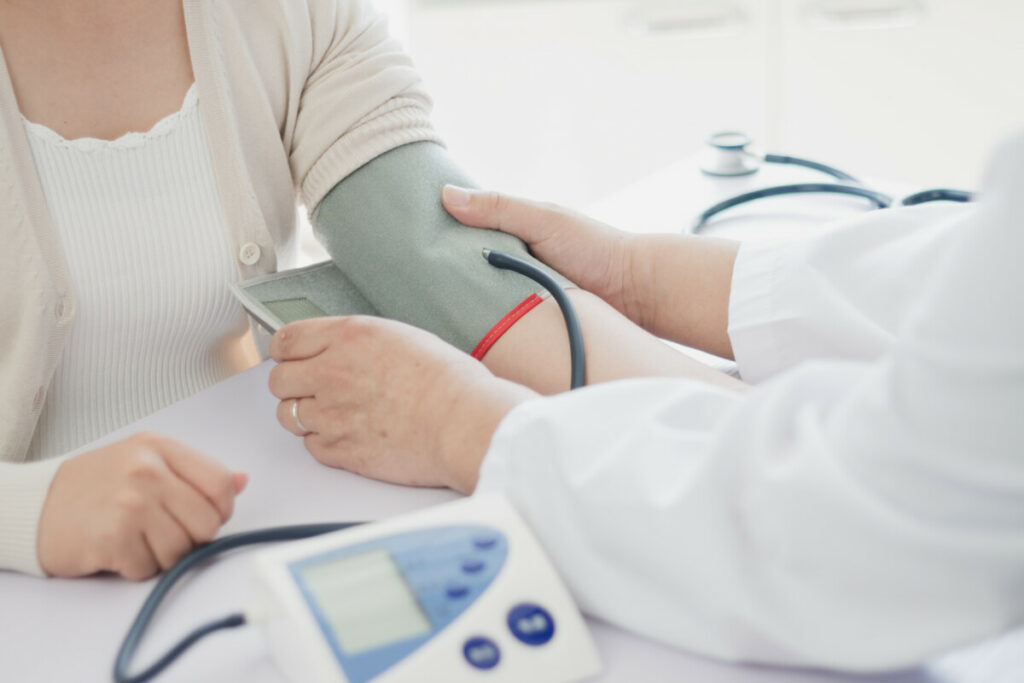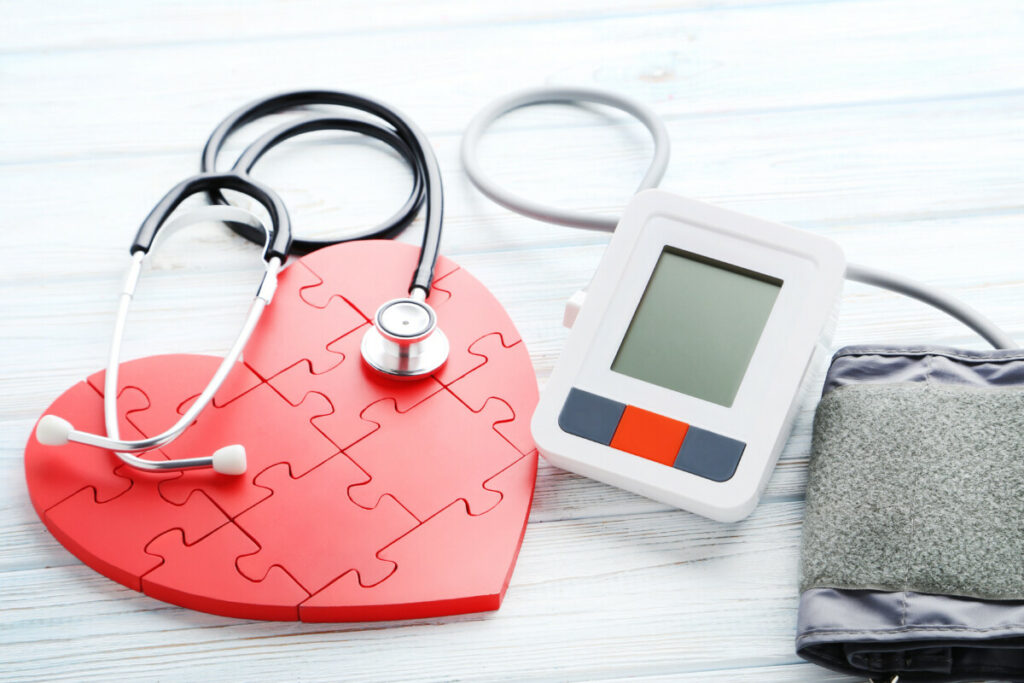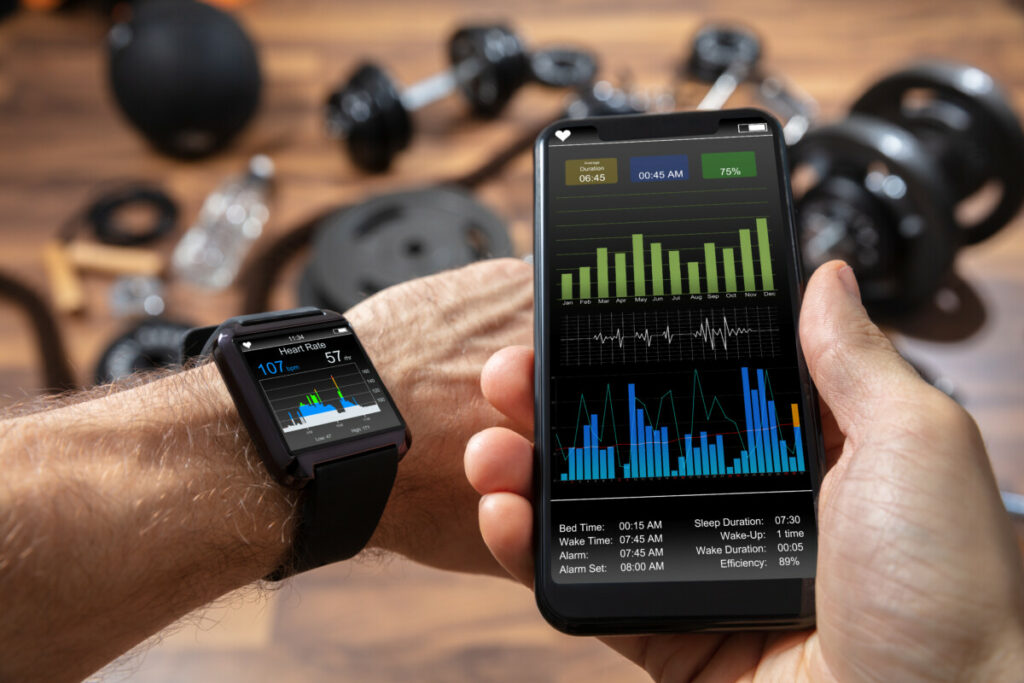Do Garmin Watches Track Blood Pressure? (Explained)
Fitness and health are important aspects of making a long and happy life. As time has gone on, people have made incredible inventions that help people more easily track different stats that impact their health. One of those incredible inventions is a watch that tracks these statistics and gives reminders to work out and eat healthily.
Garmin Watch models do not track blood pressure. However, as of 2022, Garmin released a device that has a blood pressure cuff that allows it to accurately measure and store blood pressure data. The information is stored on the Garmin app and can be used alongside watches.

This is the simple answer. Yet, there is much more to these watches than just a simple number on a screen. It is important to understand how blood pressure is normally measured, how this device takes and tracks blood pressure in more detail, why it isn’t a watch, how to take care of a Garmin device to ensure the best readings, and why blood pressure is important to track.
How Blood Pressure is Usually Measured
Blood pressure is usually measured and tracked by a person’s doctor or medical provider. The medical professional will have a patient sit down in a comfortable chair for 5 minutes. They often will also recommend that a person doesn’t eat or drink anything half an hour before the appointment.
They will also recommend people do not exercise, smoke, or consume caffeine 30 minutes before, as all of these factors can impact blood pressure measurement and make it inaccurate.
After a person sits comfortably for 5 minutes, the medical health professional will have the person place their arm on a table or surface at chest height. They will place a blood pressure cuff around the upper arm on the skin. The cuff will then inflate until it is tight, and the medical professional/device will record the blood pressure.
How Garmin Devices Take and Track a Person’s Blood Pressure (in Detail)

There is one specific device called Garmin Index BPM Smart Blood Pressure Monitor that takes and tracks blood pressure. This device includes a cuff and is a smaller device that is attached. It is designed to be portable and able to be used by people of all sizes. The cuff is adjustable for 9–17-inch circumferences.
The way this cool device takes blood pressure is simple and streamlined. It follows the same concept as a traditional cuff. The same advice given before a doctor’s appointment is recommended for at-home testing.
After sitting down comfortably for a few minutes, placing the arm comfortably at chest height and resting both feet on the ground, the person puts the Garmin Index BPM on the bare skin of the upper arm. They press a few buttons, and the cuff inflates and tightens.
A person can select whether they want the machine to do one reading or to do three consecutive readings. After the cuff has inflated and read the result, it will deflate. A person should be able to view the measurement right after this.
There are many cool features this device comes with. This smaller device is lightweight and has a long lifespan. One set of triple-A batteries will last 9 months of consistent usage. The screen is a touch screen, so it is easy for a person to use without additional help.
The best part is that it can connect to a Garmin Connect account. When connected, the user can put in reminders to take their blood pressure on their phone or other devices. This connection also allows it to take readings and input them into a person’s logged information.
A person can later look at the measurements in increments of time and even have them converted into a PDF to send to their doctor.
One of the best parts of this development is the fact that the device is FDA-approved. This shows that it is deemed to give accurate readings and can be used with confidence. All of these factors make the Garmin Index BM Smart Blood Pressure Monitor a good purchase for those who want or need to be more aware of their health.
Why Can’t Garmin Watches Track Blood Pressure?

The simple answer to why Garmin watches can’t measure blood pressure is that blood pressure has to be measured in a specific way. Blood pressure can shift drastically depending on where a measurement is taken.
Oftentimes, medical professionals will take the measurement on the upper arm. The upper arm has a lot of blood flow and can be constrained by a cuff without causing damage or pain. There are also no organs in the upper arm that would be impeded by the cuff tightening. These factors make it so blood pressure measurement is accurate and optimal.
A watch could easily have a cuff embedded into the band, so it’s not an issue of a lack of design ideas. The technology has been around for many years, so the technology isn’t highly advanced enough to suggest difficulty in programming it into a watch. The issue is the location of the watch.
The wrist is boney and has no muscle mass, so constricting the wrist could lead to inaccurate measurements and possible pain/damage.
There is a method of measuring blood pressure without a cuff available. It involves using sensors and pulse wave analysis. The main issue is that this technology has to be recalibrated frequently and cannot give systolic and diastolic numbers. Maybe there is a design coming out in a few years, but it is unlikely to be a traditional watch.
Why Blood Pressure is Important to Track
Blood pressure is important to track because blood pressure is an indicator of disease risks. People who have higher blood pressure often have a higher risk of heart attacks, stroke, and heart disease.
The good thing about blood pressure is that it is possible for people to lower their blood pressure through healthy habits like exercise and better nutrition. Some doctors recommend tracking blood pressure frequently at home so people can be active in improving their health.
Regardless of why someone wants to track blood pressure, it is easy to see that the new Garmin device is a great choice. It may not be a watch, but it gets the job done and works well with other Garmin watches and devices.